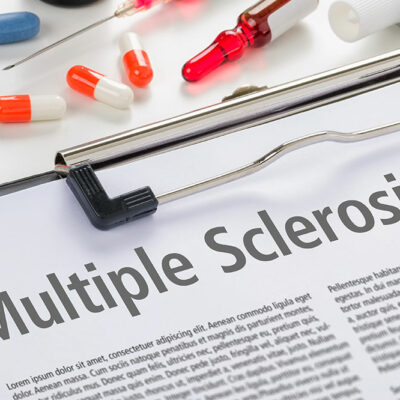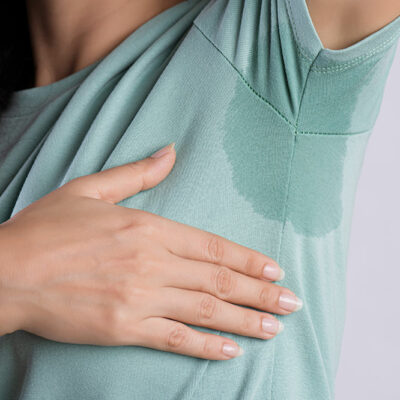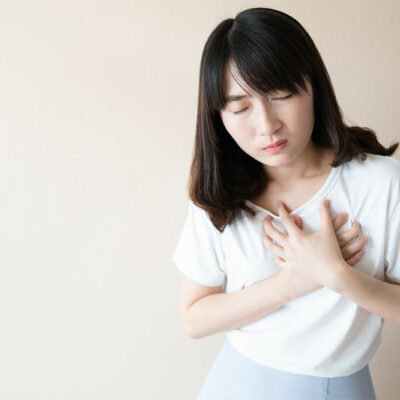
Health
Natural Remedies for Nasal Polyps
If nasal congestion has been interfering with your daily routine even with the use of over-the-counter medications, nasal polyps could be the reason behind the congestion. Nasal polyps, the noncancerous growths, can be found inside the mucosa or the lining tissue of the nose. These polyps are round cysts that can cause blockage in the nasal passage. There are many natural remedies that help treat nasal polyps. Here are some of them listed. 1. Cayenne Pepper Cayenne pepper is a spice that contains capsaicin – the compound which helps unblock sinuses. While a 2011 study showed that cayenne pepper could show effects when taken as a nasal spray, in a 2014 study, its effects were seen when consumed. In 2015, it was shown that capsaicin could also provide relief from inflammation, unblock nasal passage, and also build up immunity. To use cayenne pepper for treating nasal polyps, add 1 to 2 teaspoons to your food. 2. Neti pot Also known as nasal irrigation, a neti pot can help in fighting the symptoms of nasal polyps. Using nasal irrigation can also let you fight the causes of nasal polyps, like sinus infections and allergies. In this process, a small pot filled with warm or sterilized salt water is used.
Read More 















